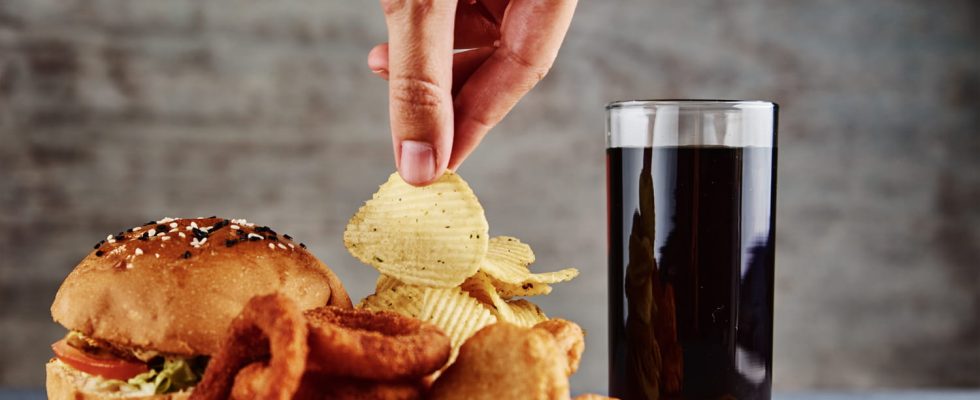Some foods have a so-called high or high glycemic index (GI), which can affect health if consumed excessively.
The Glycemic Index (GI) looks like a cclassification criteria for foods containing carbohydrates depending on their effect on the level of sugar or glucose in the blood. What is a high GI food? What is the list? How to avoid or replace them?
What is a high GI food?
“The glycemic index or GI is the ability of a food to raise our blood sugar levelsi.e. our glucose level”, explains the nutritionist. However, we should not demonize sugars because we need them for our brain. This energy is provided either through slow or complex sugars or through fast sugars. Certain foods will therefore cause a rapid and strong increase in our glucose levels. “The GI therefore makes it possible to classify foods according to their glycemic powers. Foods are tested on 50 g and observed for 3 hours how they vary blood sugar, which allows them to be classified“. In short, the glycemic index calculates the effect on blood sugar of 50 grams of carbohydrates in a food, compared to 50 grams of glucose. It is measured as a percentage, on a scale of 0 to 100 compared to glucose, the reference food. All those with a glycemic GI above 60 are considered high or high GI, those between 40 and 59 are considered medium GI, and finally when they are below 40, they have a low GI.
What is the list of high GI foods?
There is a reference table that allows you to classify foods. “Among those with a high GI are beer, sandwich bread, mashed potatoes, dates, rice flour, white bread, semolina, white wheat flour, among others“, emphasizes the specialist. What varies the GI is the fiber content or not, the presence of a mixture of carbohydrates, lipids, proteins. “The more the food is processed, the higher the GI.
What health hazards?
As part of a diet that only includes the consumption of high GI foods, the sugar is brought in excess, it is then stored in the form of fat, “which leads to weight gain but also a loss of satiety.” Indeed, it occurs reactive hypoglycemia 1 to 2 hours after eating, which makes the body lack sugar, which will cause cravings for snacking. Sugar will create an addiction. “Long-term, excess sugar can lead to type 2 diabetes with an abnormally high blood sugar level. Not to mention the risk of cardiovascular disease“, adds the nutritionist.
Processed foods can be replaced with whole foods that are higher in fiber
The idea is not to avoid consuming high GI foods, but to find a varied and balanced diet. “For example, if you only eat mashed potatoes with a high GI of 95, it is not good for your health. But likewise, if you only eat spinach with a GI of 15, that’s not good either. No food in itself is unhealthy“, insists Delphine Caillon-Logé. We must not feel guilty, the act of eating must be refocused on the pleasure of the plate, by chewing slowly, rediscovering the tastes and textures to be satiated. Another advice, cooking can play a role, “it is better to consume steamed potatoes (GI 60) than mashed potatoes (GI 95). How I eat is as important as what I eat. Eating behavior is fundamental.
What can I replace high GI foods with?
Again, do not feel guilty if dietary deviations are made, “I often tell my patients that it is necessary to scale back a year from the moment when, in general, the diet is varied.“So the idea is not really to replace high GI foods, but to eat everything without excess so as not to have the feeling of frustration. “This is what happens during restrictive diets, which in 99% of cases lead to even greater weight gain.“If really, we want to be careful in the context of a healthier diet, we can replace processed foods”by whole foods, richer in fiber (wholemeal bread, pasta or brown rice, wholemeal flour), which play a role in health and in particular the microbiota“Eating the most complete foods possible is part of the nutritional recommendations, concludes the nutritionist.
Thanks to Delphine Caillon-Loger, dietician nutritionist in Nantes and member of the AFDN (French Association of Dietitian Nutritionists).
